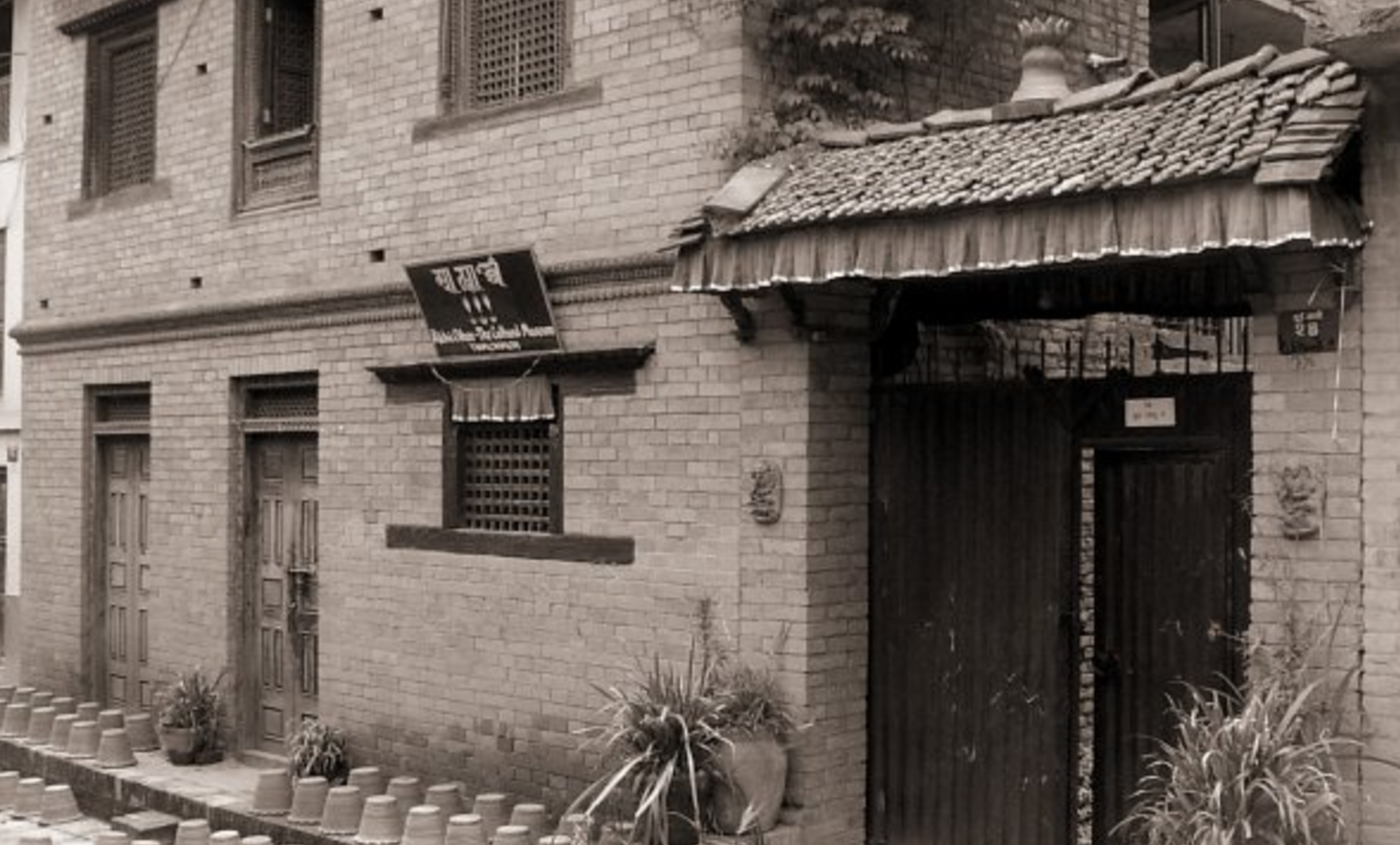The Quest Continues, All For Preservation

Prasun Timilsina
The Newars, an indigenous community who are the original inhabitants of the Kathmandu Valley, have always been known for their rich culture, music and dances. The Malla period was also known as the golden age for cultural development. The Durbar square area of Kathmandu, Lalitpur and Bhaktapur are perfect examples of art. There one can witness ace cultural masterpieces that were created in the medieval times, but today they are in dire straits and need preservation.
In Bhaktapur, a domicile of medieval art andsu architecture, there lies Thimi also recognised as Madhyapur, an emblematic Newar town which is least affected by modern lifestyles and has its own exclusivity. The magnificent arts and crafts of the Malla period exist in the town till today, which also introduce the living culture of Thimi.
The practices of constructing temples and statues in the town started in the 7th century according to inscriptions found there which proves that the cultural development in the region can be dated back to the Lichchhavi period, writes www.jwajalapa.com
“Our culture, traditions, music, traditional artifacts have been our way of life, identity for centuries, but with modernisation all these are in the state of extinction. As times change, we also tend to adapt to new traditions forgetting our roots. Just think, if we go astray due to such transformations, how can we be proud of being Nepalese later, wont we lose our cultural identity?”
Ganesh Ram Lachhi, a permanent resident of Chapacho-8 of Thimi, is a lone curator of these artworks in his birth place working to care for the time honoured arts and relics. His father, grandfather and great-grand father were always into traditional music, songs and dances, which had always inspired him into preserving the long-established arts.
In 2035 B.S. when Lachhi had gone to participate in a singing and dancing competition they were asked to perform in the Nepali language but he was not satisfied with this, it always troubled him because he wasn’t allowed to perform in his mother tongue.
“We had participated in a dance and music competition where we were asked to perform in Nepali, and that hurt. One question always remained as to why can’t we perform in our language. After that I completely devoted my time in promoting and preserving Newari culture,” said Lachhi, who is also a theatre director, actor and a writer.
After this, he started the Madhyapur Art council in 2045 B.S for promoting and preserving Newari culture and tradition, and started collecting traditional artifacts, wherever he found them.
He now owns his own cultural museum ‘Akha Chhen’, which means a place to keep musical instruments, music and dances together in Newari language. Created in his own house, the museum consists of musical instruments, traditional jeweleries, cultural attires that were used from the ‘womb to the tomb’ and antique pots and pans.
The traditional masterpieces in his museum can be dated back to four hundred years ago.
He has a four hundred-year-old ‘Sanduk’ and three hundred year old Ghyampo (a big clay pot). “I have collected these things from different parts of the nation–Chitwan, Nuwakot and some from western Nepal. I collected these whereever I found them, when I used to ask for those old pieces from the owners they used to laugh at me and say ‘what are you going to do with these wastes?’ For some I have paid and other I got for free. The highest amount I have paid is NRs. 36,000 for an antediluvian gold ornament,” he said while explaining how he collected those magnum opuses.
He has also collected about fifty-two varieties of jewelries crafted from gold, silver and copper, 106 musical instruments, carved woods and many more. “I also collect carved woods. I ask people for these when they are to knock down their old houses. I also ask them not to knock over those houses as they are our legacy and I believe that for our up-coming generation they have to exist for them to know how our ancestors lived.”
His youngest son Subhash Ram Prajapati is also into preserving culture. Now, he is pursuing his Ph. D. in Ethnic Music in the USA. He is also associated with Newa De Dabu and this group has opened a Newa Language and Sanskrit Institute in Sikkim, which has about 22,000 Newar population. “With this institute, we produce Newari teachers so that our Newari culture would not die wherever the Newars live.”
Lachhi also informed about the value of pots and pans made from mud. “The time our civilization started our ancestors used mud to carve the pots and pans but now they have been replaced with stainless steel so those prehistoric things have to be preserved and I have collected some of them in my museum.”
He shared the experience that he had also found some people who would boast about their identity but when he asked what they were, they were speechless. “If we are proud of our culture then we also have to know its importance.” Lachhi, who has never asked anyone for financial help to establish his museum, is now, thinking of turning his whole house into a museum.
“People don’t care now but later they will know its importance. I have also been offered rupees one million to sell this museum, but I said ‘NO’. I have given all my life to this and have worked hard to collect all the valuable items. I’m just worried as to who is going to take care of this after me. But, yes, I’m ready to give this to anyone who is ready to protect it socially,” said Lachhi, who is sixty now.
